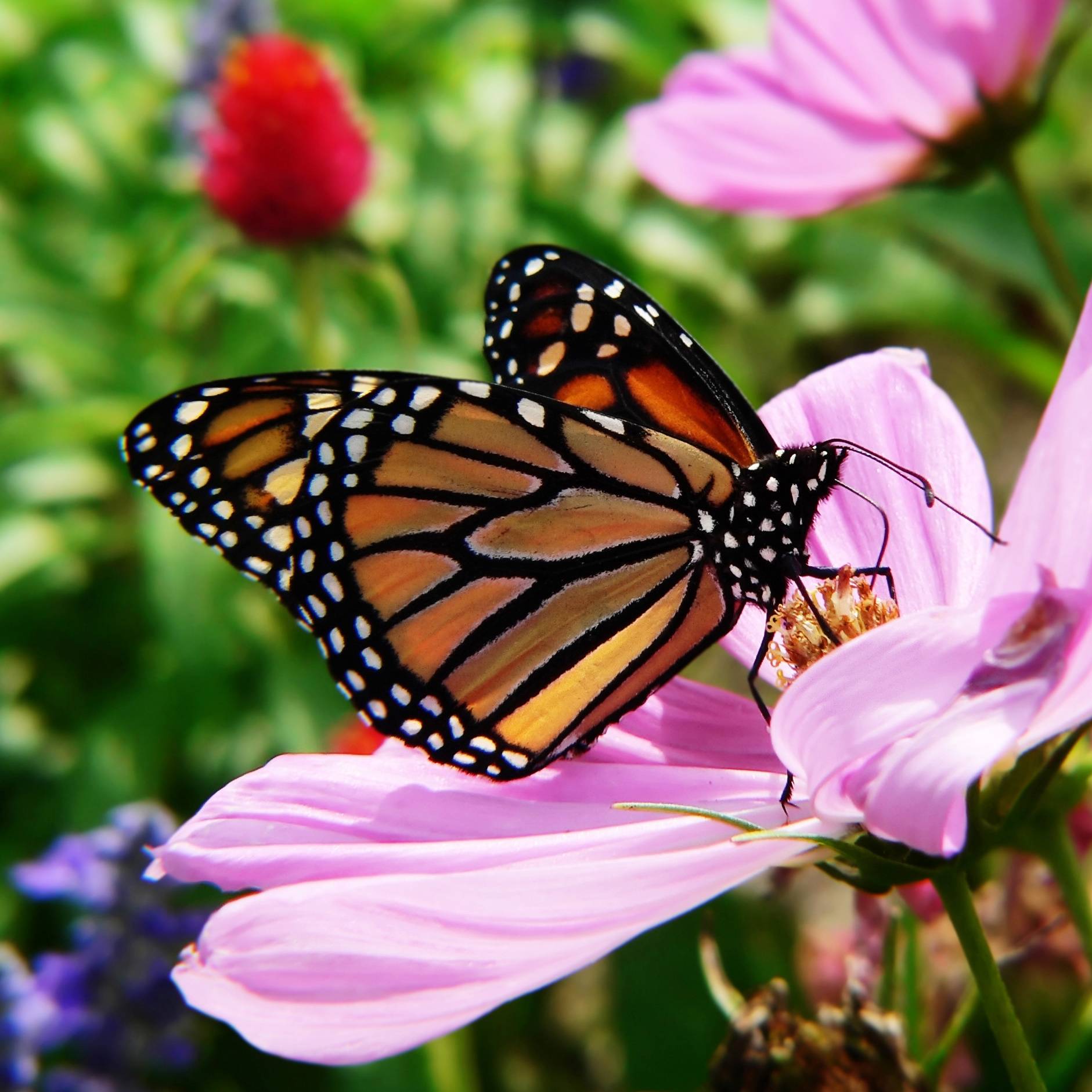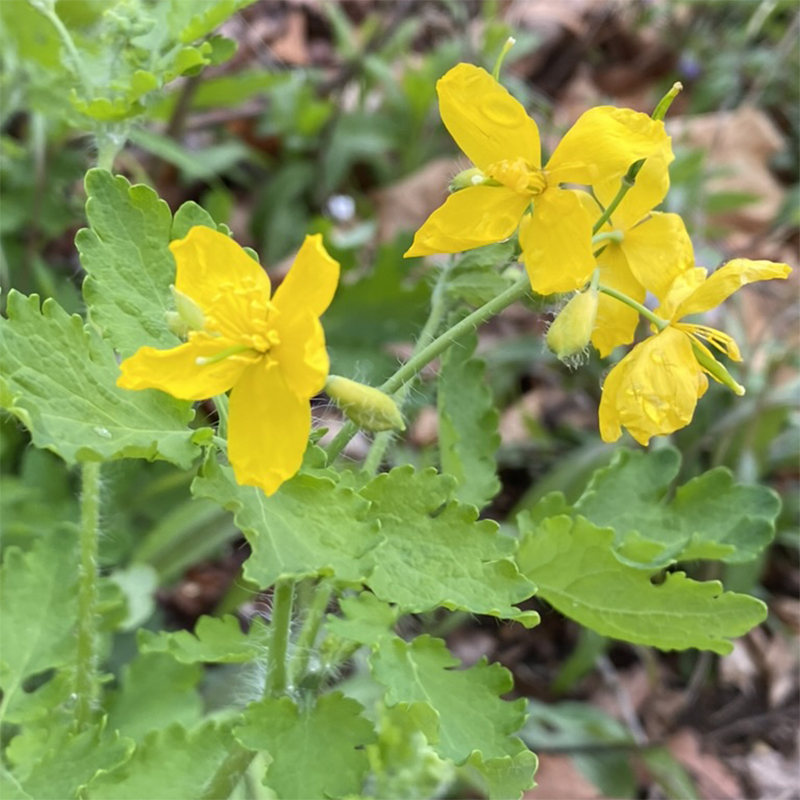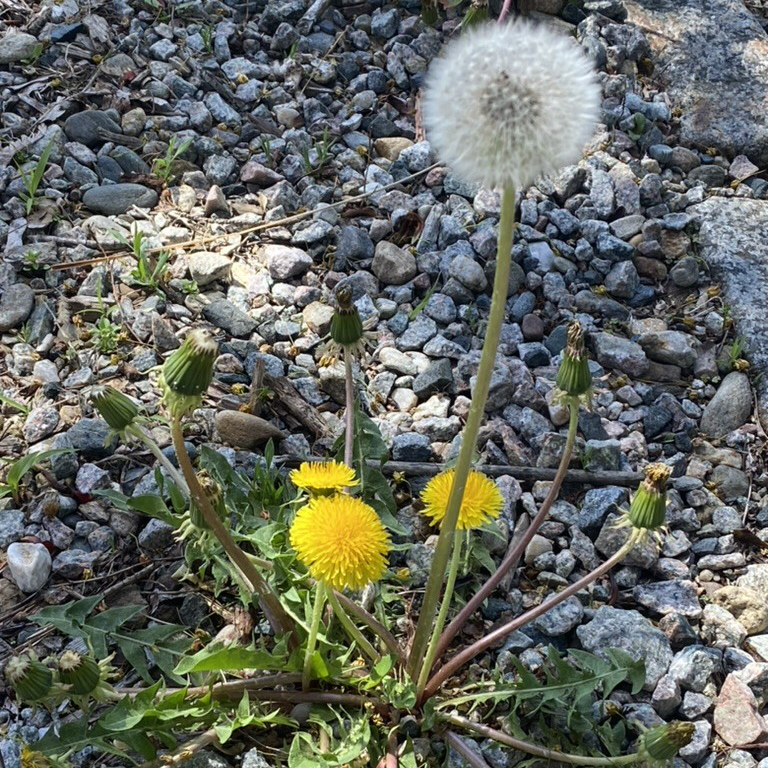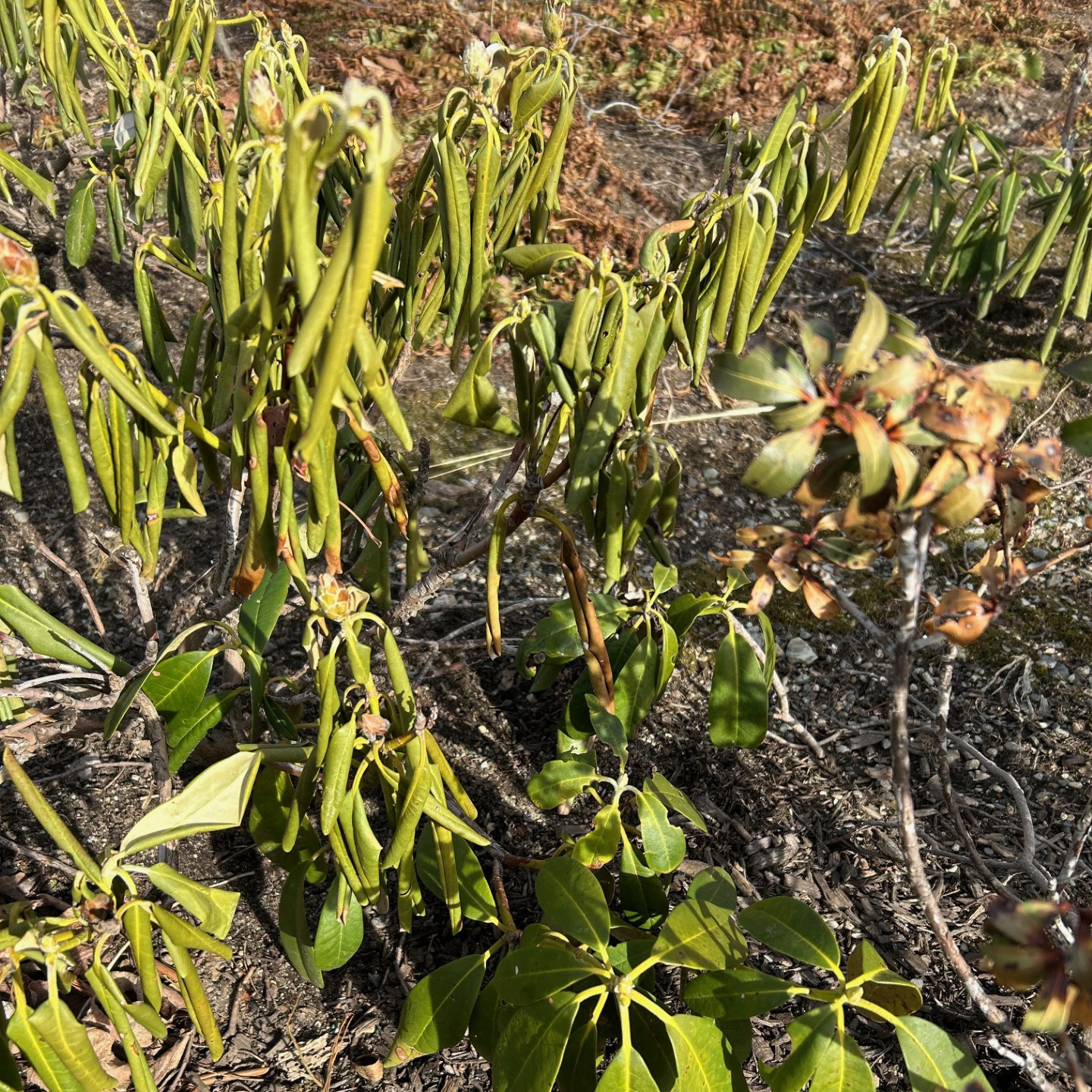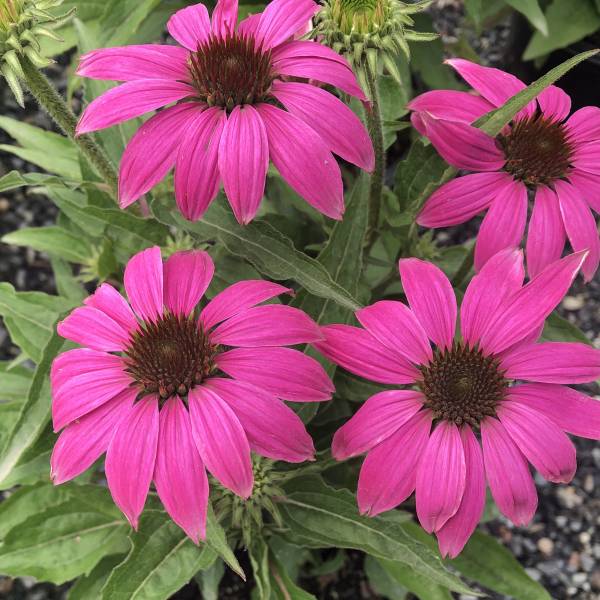
Every year, those of us who love to garden with perennial flowers can’t wait to explore all of the new plants that have hit the market! New colors, flower and plant forms, foliage variations…so many ways to add new dimensions to our landscapes! We see many new cultivars every year, but one genus in particular, Echinacea (Coneflower) has far surpassed any other in the number of new named varieties introduced recently.
Echinacea is a beautiful plant native to eastern and central U.S. and Canada. It is drought tolerant once established and prefers well draining soils especially through the winter months. Coneflowers thrive in full sun producing long lasting blooms for several months over the summer and make excellent cut flowers. They are a wonderful nectar source for flying insects and butterflies and the flower seeds are magnets for many birds especially Goldfinch. Young plants might need protection from deer and rabbits but mature plants are seldom eaten.
Before 2003, we saw single flower purple/pink and white varieties (Echinacea purpurea) in our area.
Since that time, the top hybridizers have been crossing the purple Coneflowers with a yellow variety (Echinacea paradoxa) resulting in all of the amazingly varied forms and colors now found in the market.
Along with all of the exciting flower advancements, the coneflower has developed a reputation for having hardiness challenges. While the purple Coneflower (Echinacea purpurea) has a strong fibrous root system, the yellow Coneflower (Echinacea paradoxa) has a single taproot requiring a longer period of time to establish a strong plant crown. When the resulting cross of the two species is planted, we have found that it flowers so heavily and for so long a period that the plant does not focus on establishing the structure needed to sustain itself through the first winter. When this is understood, we can take steps to make sure that our gorgeous hybrids create strong plants from the start.
- Plant early! By planting before the middle of August you will give the plant time to establish a strong root system for the winter.
- Here is the hard one…do not allow the plant to bloom for the first growing season or at the least, enjoy the blooms as cut flowers only.
- Make sure the plant has adequate soil drainage. As with most perennials, the number one cause of death over the winter is not freezing, but rather, soils that holds too much water and cause root rot.


